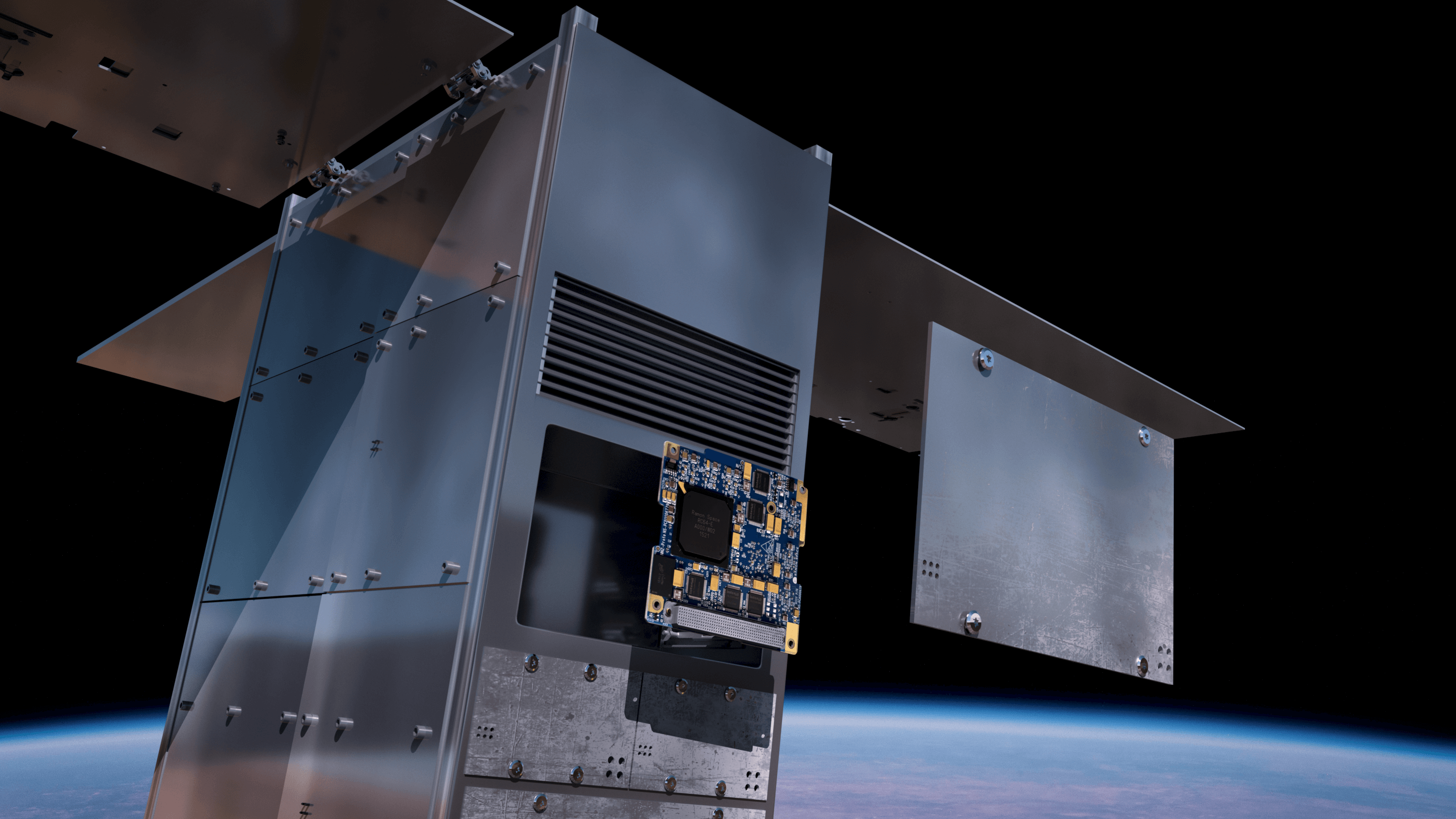This is what Prof. Ran Ginosar of the Technion, chairman of Ramon Space Company, says at the event on the subject of "the new space" at the high-tech Silicon Club managers' forum held on December 27, 2022.

"The new space does not mean small satellites but commercial projects of independent companies from countries, which are financed by the private market and sell services to customers, both private and governmental." This is what the CEO of Ramon Space, Prof. Ran Ginosar (also a Technion faculty member) says.
Prof. Ginosar participated in the "Silicon Club" high-tech managers' forum meeting held on December 27 in Tel Aviv and dealt with the new space.
"We at Ramon Spice manufacture products that are designed to solve problems in space that are difficult and heavy, for example living in space for many years or working in high orbits where both radiation problems and other problems arising from the conditions of space. These are very complex problems and cannot be solved with a small and cheap system."
"For us, the "new space" is mainly an industrial economic view of the space industry, which is no different from that of other industries. While in the past the industry was government oriented and funded by governments, in "New Space" there are two directions. One direction is a completely commercial direction in which companies operate that need to generate profits and that cannot hide behind a heavy government budget designed to create a security advantage."
"In such companies, the entire supply chain should be examined according to profitability. In most industries that end up selling to a commercial customer, the main group that makes money is the last in the chain. If you buy a car, the final vehicle manufacturer makes the bulk of the profit, while the manufacturers of tires, engines and entertainment systems work on quantities."
According to Ginosar, there are reasonable profits for companies in the field of communications and lower profits in the field of observation satellites. Starlink's example is of a company that makes a profit from selling communication services to end users, so they don't buy expensive components and try to develop everything in a vertically integrated manner in-house.
Another classic example is the American Maxar observation satellite. In the past, almost all visible satellite observations, such as pictures from Ukraine, almost all came from Maxar. In the past when they built observation satellites they sold them to the government. Today they build them with private funding and sell the photos to the US government and other entities.
The second type of commercial activity in space is that where the customer is still governments. In the past, the governments financed everything from start to finish and the only customer was the government that owned the satellites. In the futures market governments want to be just a customer of the results.
The space industry has developed and become a commercial industry that has to justify every expenditure based on economic considerations in a competitive market without having customers who are willing to pay any price as in the past. The government is a large customer, and governments must purchase the products in tenders, and this increases competitiveness and affects prices.
The revolution was started by Elon Musk, in 2005 when he told the US government that it was building too expensive launchers and he could build cheaper, but he did not want to build launchers for the government but rather sell them launches on the condition that they agree to buy. As soon as the government, NASA and the Air Force agreed to purchase launches from SpaceX, which was established for this purpose, he could raise the money - first 200 million dollars from Google, and since then the investment of venture capital funds reaches billions of dollars a year.
"The new direction seems to justify itself. Ramon Spice has grown and today employs over 60 people thanks to the investments of tens of millions of dollars invested in us, and also with real sales. We sell concrete sales to the global space market and this gives us encouragement to continue growing."
